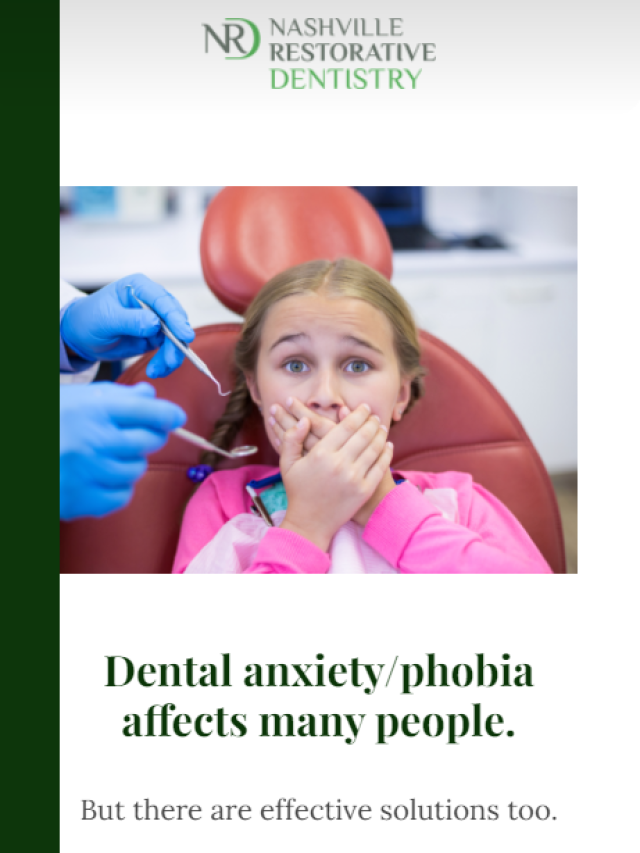Wisdom Tooth Extraction in Nashville, TN
Wisdom tooth extractions are often a preventative measure that can save you from future cavities, infection, and pain.

Wisdom tooth extraction is a common procedure we perform because many patients’ jaws aren’t adequately sized to allow their wisdom teeth to fully develop and grow into an ideal position. They may become impacted or partially emerge in a way that makes them difficult to clean – frequently creating the health risks of cavities, gum disease, or infections. Often, the best course of action is to remove them before complications arise.
Generally speaking, it is best to have wisdom teeth removed at a younger age (teenage years to early 20’s) because the surrounding bone is less dense and the teeth aren’t fully formed. As a person gets older, removal can become more difficult due to fully developed roots and surrounding bone.
At Nashville Restorative Dentistry, we follow a very specific protocol before, during, and after the removal of wisdom teeth to decrease the likelihood of dry socket or poor bone healing leading to cavitation areas. Before any surgery, a 3D CT scan will be evaluated to confirm that the tooth is not positioned in a way that could complicate removal or put important structures like nerves at risk. When the teeth are removed, we thoroughly clean the socket to remove any remaining follicle and ligament. We then diffuse ozone gas into the socket to destroy any microorganisms that may be present. Lastly, we fill the sockets with platelet rich fibrin (PRF), to increase your healing, speed your recovery, and decrease your infection risk.
Cavitations – A related condition we routinely evaluate for is the presence of cavitations resulting from past extractions. These areas can be referred to as AVN (avascular necrosis), NICO (neuralgia inducing cavitational osteonecrosis), IBD (ischemic bone disease), among others. These areas of inadequate healing and poor bone health can become locations where microorganisms are trapped, creating a source of toxins that cause or worsen existing systemic health problems. Advanced imagery from a 3D Cone Beam CT scan is necessary to visualize the presence of most of these areas. Treatment consists of surgically opening the cavitation, thoroughly cleaning out unhealthy tissue, diffusing ozone gas into the site, and filling the area with PRF or grafting material before closing with suture.






